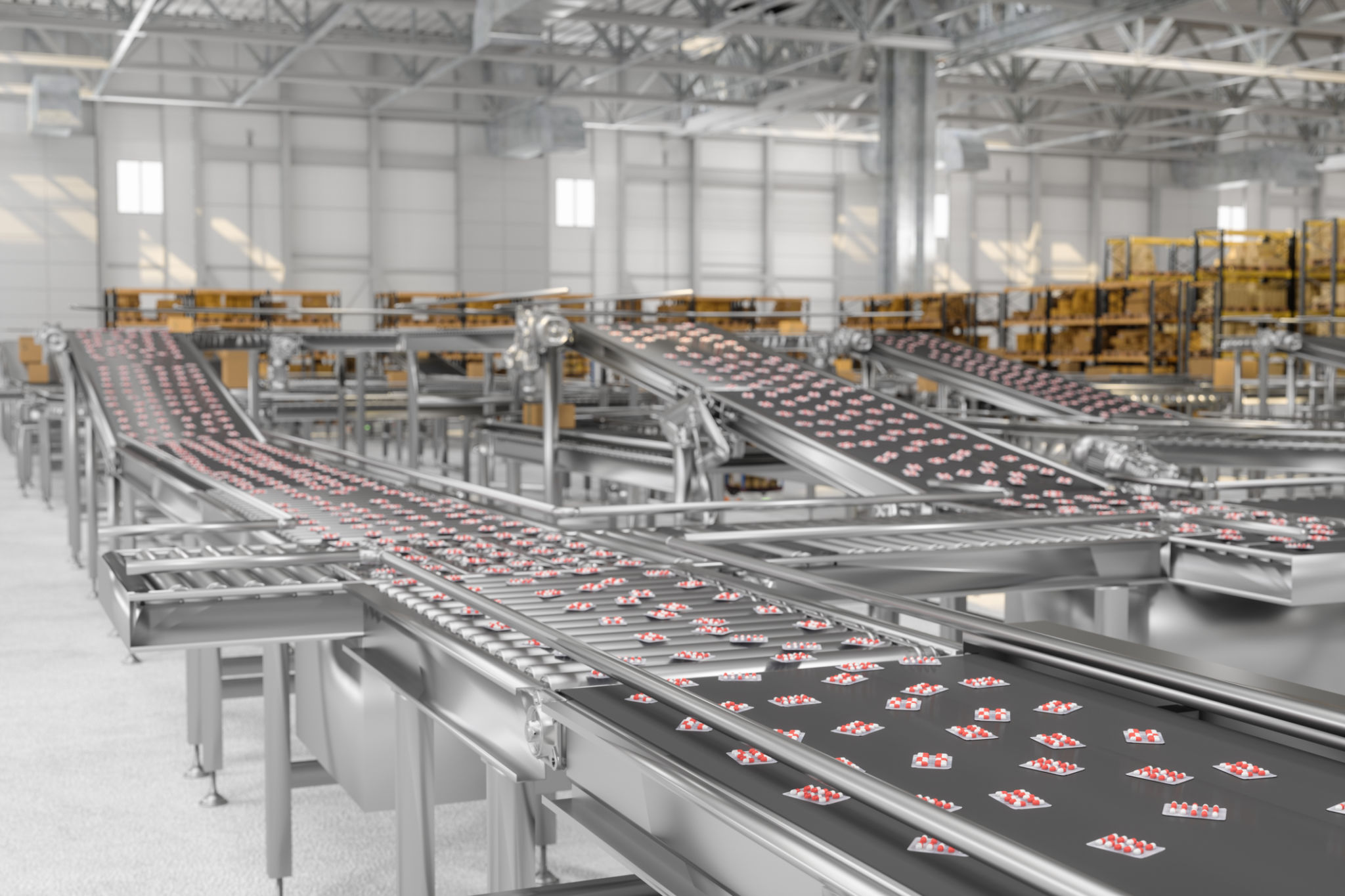The Future of 3D Printing: Innovations and Opportunities
Introduction to 3D Printing
3D printing, also known as additive manufacturing, is revolutionizing industries by enabling the creation of complex structures with unprecedented precision and efficiency. As we look towards the future, the potential for innovation in this field is immense, promising exciting opportunities across various sectors.
Initially developed for prototyping, 3D printing has expanded its reach to include manufacturing, healthcare, and even the culinary arts. This technology's versatility is one of its greatest strengths, allowing for rapid advancements and novel applications.

Advancements in Materials
One of the most significant areas of innovation in 3D printing is the development of new materials. Traditionally, 3D printers have used plastics, but recent breakthroughs have introduced metals, ceramics, and even bio-materials into the mix. These advancements are broadening the scope of what can be manufactured using 3D printing technology.
For instance, the use of biodegradable materials is paving the way for environmentally friendly production methods. This shift not only reduces waste but also encourages sustainable practices within industries that heavily rely on manufacturing.

Impact on Healthcare
The healthcare sector stands to gain significantly from advancements in 3D printing. Custom prosthetics and implants are just the beginning. The ability to print human tissues and organs is becoming a reality, with researchers making headway in bioprinting—an area that could transform organ transplantation.
Moreover, 3D printing allows for personalized medicine. By customizing medical devices to fit a patient's unique anatomy, healthcare providers can offer more effective treatments and improve patient outcomes.
Transforming Manufacturing
The manufacturing industry is experiencing a shift as 3D printing becomes more integrated into production lines. This technology enables on-demand manufacturing, reducing the need for large inventories and streamlining supply chains.
- Cost-effective production of small batches of parts
- Enhanced flexibility in design and customization
- Reduction in material waste
These benefits are particularly valuable in industries such as aerospace and automotive, where precision and efficiency are crucial.

The Role of 3D Printing in Education
Education is another arena where 3D printing is making a significant impact. By incorporating this technology into curricula, educators can provide students with hands-on experience in design and engineering principles. This practical approach to learning fosters creativity and problem-solving skills, preparing students for future careers in STEM fields.
Furthermore, 3D printing can be used to create educational aids and models that enhance the learning process, making complex concepts more accessible and engaging for students.
Future Opportunities
The future of 3D printing is filled with potential. As technology continues to evolve, we can expect further innovations that will open up new possibilities. Some areas to watch include:
- The integration of artificial intelligence to optimize printing processes
- The development of larger-scale printers capable of producing buildings and infrastructure
- The expansion of 3D printing into textiles and fashion industries
These opportunities highlight the transformative power of 3D printing and its capacity to reshape our world.

Conclusion
In conclusion, the future of 3D printing is bright, with innovations poised to create endless opportunities across multiple sectors. As we continue to explore the capabilities of this technology, we must remain mindful of its potential impact on society and the environment. By harnessing the power of 3D printing responsibly, we can drive positive change and foster a more sustainable future.
